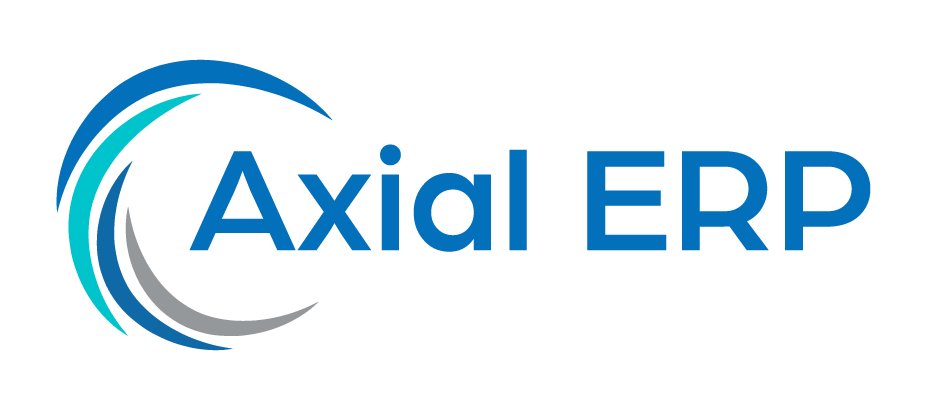Navigating Complex Regulatory Environments with Configurable ERP Systems
In today’s business world, organizations are facing increasingly complex and changing regulatory environments. This is particularly true for highly regulated industries such as finance, healthcare, manufacturing, and energy. To keep up with compliance demands, companies are turning to configurable Enterprise Resource Planning (ERP) systems. These systems can help organizations effectively manage their operations while adhering to specific industry and regional regulations.
What are Configurable ERP Systems?
An ERP system is a software solution that integrates and automates key business processes such as finance, human resources, production, distribution, and others. A configurable ERP is one that allows companies to customize and adapt the system to meet their specific needs, including compliance with industry-specific regulations and standards.
The Importance of Configurability in Regulated Environments
The ability to configure an ERP is crucial in regulated environments. Regulations can vary significantly from country to country and from industry to industry, and are often subject to change. An ERP system that can be configured allows companies to quickly adjust their processes to comply with new regulations, without the need to replace the entire system or make costly and time-consuming changes.
Key Aspects of ERPs in Regulatory Compliance
Tracking and Auditing
A configurable ERP must offer robust tracking and auditing capabilities. This means that all transactions and modifications to data must be traceable, providing a detailed history that can be crucial during compliance audits.
Change Management
Change management is another essential aspect of ERPs in regulated environments. The system should allow for controlled and documented implementation of changes to business processes, ensuring that all modifications comply with relevant regulations.
Access Control
Access control is fundamental to protecting data integrity and ensuring that only authorized personnel can perform certain operations within the system. A configurable ERP can establish different levels of access and specific permissions for each user or user group.
Reporting and Analysis Capabilities
ERP systems should provide reporting and analysis tools that allow companies to generate accurate and timely regulatory reports. The ability to customize these reports is essential to address the specific requirements of each regulation.
Challenges of Implementing an ERP in Regulatory Environments
Implementing an ERP system in a regulated environment presents several challenges. One of the main challenges is ensuring that the system stays up to date with the latest regulations. This may require ongoing effort and collaboration with ERP vendors who understand the specific needs of the industry.
Choosing the Right ERP Provider
The selection of the ERP provider is critical. Companies should look for providers with experience in their industry and a proven track record in delivering configurable ERP systems that meet regulatory requirements. Additionally, it is important to consider the support and training that the provider can offer to ensure a successful implementation and effective use of the system.
Conclusion
Configurable ERP systems are powerful tools for companies operating in complex regulatory environments. By offering the flexibility to adapt to changing regulations and providing key functionalities such as tracking, auditing, access control, and reporting capabilities, ERPs can help organizations stay in compliance while efficiently managing their operations. The key to success lies in choosing an ERP system that fits the specific needs of the company and selecting a trusted provider who understands the regulatory challenges of the industry.



